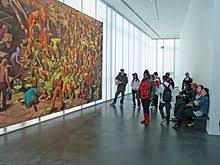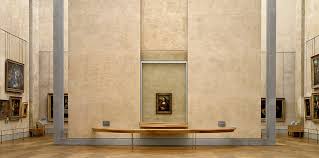Chinese craftsmen
RUSSIAN Vanguard. MAIN DIRECTIONS (part 1)
 The concept of avant-garde. And its differences from modernism.
The concept of avant-garde. And its differences from modernism.
What is the difference between avant-garde and modernism? This issue is still controversial; There are several enduring traditions of understanding the differences between avant-garde and modernism. There is only one way out: use the version that seems the most intelligible and logical.
First, chronologically, modernism preceded the vanguard. Vanguard is a product of the revolutionary era of the early twentieth century, while modernism arose at the end of the nineteenth. Continue reading
HISTORY OF ORIGIN AND DEVELOPMENT OF ART OF ENAMEL (part 2)
 The Egyptian manner of performing jewelry was developed in the post-Dynastic period beyond the borders of Egypt. Ornaments from the burial of the wife of Pharaoh Amenemkhet from Meroe (Nubia) show that here as early as the 1st century AD the Egyptian technique of fixing the inserts has been preserved, albeit in a rougher form. In these decorations, instead of inserts, there are real molten enamels of the classic Egyptian palette. When making the found gold jewelry, the master lost sight of the fact that the volumetric shrinkage of molten enamel should be leveled with additional application and firing. The enamel plunged into the cells and resembles a modern cloisonne, rather than notched, enamel, carefully polished in one plane. Continue reading
The Egyptian manner of performing jewelry was developed in the post-Dynastic period beyond the borders of Egypt. Ornaments from the burial of the wife of Pharaoh Amenemkhet from Meroe (Nubia) show that here as early as the 1st century AD the Egyptian technique of fixing the inserts has been preserved, albeit in a rougher form. In these decorations, instead of inserts, there are real molten enamels of the classic Egyptian palette. When making the found gold jewelry, the master lost sight of the fact that the volumetric shrinkage of molten enamel should be leveled with additional application and firing. The enamel plunged into the cells and resembles a modern cloisonne, rather than notched, enamel, carefully polished in one plane. Continue reading




